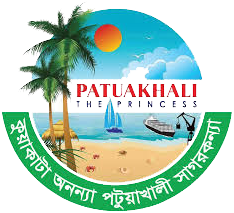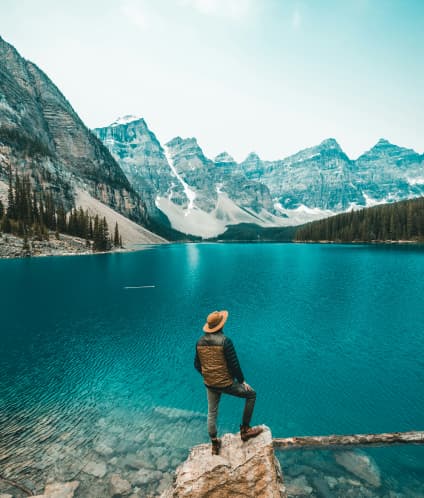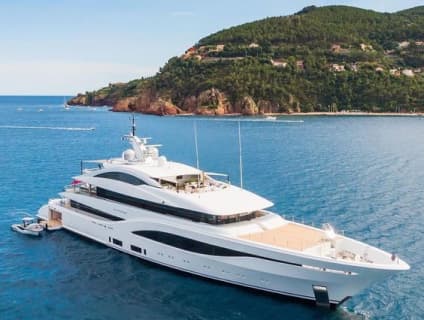





Patuakhali District is an administrative region in the southern part of Bangladesh, under the Barisal Division, and is a coastal district of the country. Patuakhali, endowed with stunning natural beauty, is a promising district within the Barisal Division. The tourist city of Kuakata is the district's biggest attraction. It offers the rare sight of both sunrise and sunset from the same location, which is rare in the world. Therefore, Patuakhali is known to tourists as the "Daughter of the Sea." Based on the number of sub-districts (upazilas), Patuakhali is classified as an “A” category district in Bangladesh. The district is formed of alluvial plains and some char (island) areas along the Meghna River. Patuakhali town is a fully-fledged administrative region. The district houses various public universities, colleges, and many government and private institutions. In 1969, during the Pakistan period, Patuakhali was upgraded from a sub-division to a district. The country's largest thermal power plant, Payra Thermal Power Plant, the third-largest seaport, Payra Port, Kuakata sea beach, the first university in the southern region, Patuakhali Science and Technology University, Sheikh Hasina Cantonment, and Asia's first Water Museum are all located in Patuakhali District.
Location and Area: Patuakhali District is bordered by Barisal District to the north, the Bay of Bengal to the south, Bhola District to the east, and Barguna District to the west. The district spans an area of about 3,221.31 square kilometers.
Etymology: According to writer Siraj Uddin Ahmed, local residents referred to Portuguese pirates as "Natuya." These pirates would enter the region through the Bhurani Canal, located north of Patuakhali town, and plunder nearby areas. Since the pirates came through this canal, it became known as "Natuya's Canal," which eventually evolved into "Patuya's Canal." From this, it is believed that the name "Patuakhali" originated. This theory was supported by most speakers at a 1980 seminar on the "History and Heritage of Patuakhali District." Another theory suggests that the name came from Devendranath Dutta's poem Patuyar Khal. Two other less supported theories are that the name "Patuakhali" may have originated from the "Patuas" (local artisans who painted on clay pots), or from the "peta" (belly)-shaped canals that surrounded the area, leading to the name "Petuakhali," which later evolved into "Patuakhali."
History: In the early 16th century, today's Patuakhali region was a frequent target of Portuguese pirates. The modern town of Patuakhali is around 150 years old. In 1807, Mr. Betty became the judge and magistrate of Barisal. Due to increased settlement in the southern Sundarbans, Patuakhali was made part of Mirzaganj Police Station in 1812 under his administration. For the expansion of civil administration, four munsef (judge) courts were established in 1817 in Barisal: Baufal, Kaukhali, Mehendiganj, and Koter Hat. Braja Mohan Dutta became the first munsef of Baufal. On June 1, 1860, the munsef court was transferred to Laukathi, where Braja Mohan Dutta also served as munsef. He proposed the establishment of Patuakhali as a new sub-division. On March 27, 1867, the creation of Patuakhali sub-division within Bakerganj District was announced in the Calcutta Gazette, and it was fully formed in 1871. Patuakhali was upgraded to a district in 1969, and administrative operations started on January 1, 1969, as the 18th district of former East Pakistan. The district was formally inaugurated by Vice Admiral S. M. Ahsan, the then Governor of East Pakistan, on March 9, 1969. Habibul Islam became the first Deputy Commissioner of Patuakhali. On February 28, 1984, Barguna sub-division was separated from Patuakhali District and made a district. Historically, Greater Barisal and Patuakhali belonged to the Khulna Division, but after the government's administrative reorganization in 1993, on January 1, Barisal became Bangladesh's fifth division, consisting of six districts: Barguna, Barisal, Patuakhali, Bhola, Pirojpur, and Jhalokathi.
Fishery Resources:
Patuakhali is rich in fishery resources. The district's rivers, canals, ponds, and lowlands are extremely important for fish production. The river estuaries in this district are especially famous for hilsa fish.
Forests:
Patuakhali has very limited forest areas. The notable trees found in the district include keora, gewa, kakra, babul, siris, karai, hijal, gab, and golpata..
Industry and Commerce:
Cottage industries, pottery, jute, bidi (local cigarettes), fish, timber, rice, and lentils are significant for business. Trade and commerce in Patuakhali are growing. The district has auto rice mills, rice mills, brick kilns, biscuit factories, cinemas, filling stations, banks, and insurance companies.
Kuakata
Kuakata National Park
Kuakata Eco Park
Kuakata Sea Beach
Sreerampur Zamindar Bari
Mahendra Roy Zamindar Bari
Kanai Balai Dighi
Kajlar Char
Fatrar Char
Kuakata Buddhist Temple
Hazrat Yar Uddin Khalifa's Shrine
Patuakhali Science and Technology University
Sonar Char, Rangabali Upazila
Jahajmara Sea Beach, Rangabali Upazila
Jahajmara (Sakhina Park), Rangabali Upazila
Tufania Char, Rangabali Upazila
Manipara Fish Farm, Rangabali Upazila
Char Montaj, Rangabali Upazila
Charanda, Rangabali Upazila
Kolagachia Char, Rangabali Upazila
Kuakata Rakhine Village
Majidbaria Mosque
Seema Buddhist Monastery
Seed Multiplication Farm
Payra Port
Water Museum
Patuakhali Medical College
Latif Municipal Seminary, Patuakhali
Patuakhali Government Jubilee High School
Ancient Kalaiya Port
Shaula Park
Keshabpur Shikdar Bari
Patuakhali Sheikh Russell Children's Park
Patuakhali Shaheed Alauddin Children's Park
Ghoseti Begum Mosque
Princess Kamalarani's Dighi, Chandradwip
Tamiruddin Auliya's Shrine, Kalaiya
Modonpura Pottery
Kalishuri Isakhana Mosque
Ancestral Home of Sher-e-Bangla's Grandfather
Payra Thermal Power Plant
Jhautala, Patuakhali Sadar
Kuakata Rakhine Village
Payra Bridge
Kanakdia Pottery
Historic Company Pond, Kanakdia